Forcing Flower Bulbs In Water: How To Grow Flower Bulbs In Water
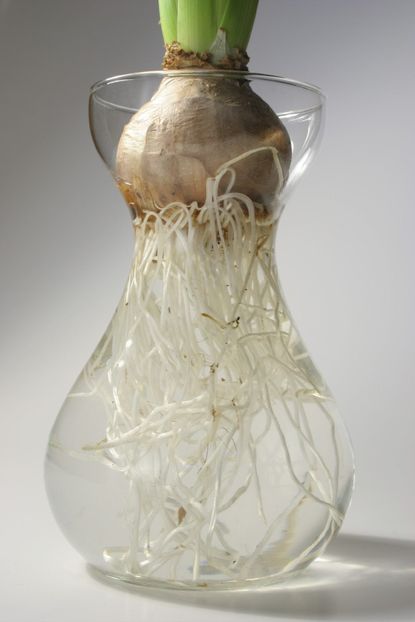

Forcing bulbs indoors in water is an easy way to enjoy early spring blooms. It is common to bring in a branch of forsythia or other early blooming plant and force it to flower in a vase of water, but can flower bulbs grow in water? Growing bulbs in water is easy but you need to provide the proper amount of chilling time and choose big, fat, healthy bulbs for the project.
Can Flower Bulbs Grow in Water?
Even a novice gardener can learn how to grow flower bulbs in water. You only need a few materials, some fresh water and your choice of bulbs. Not all spring bulbs are good choices for forcing but you can try daffodils, tulips, hyacinth, crocus, and many more.
Provide the right container, lighting, and clean water and properly chilled bulbs can fill your home with their winter blasting color and form. While most bulbs are grown in soil, the bulb itself is actually a storage unit with plentiful carbohydrates for growth and root-forming cells.
The plants won't last long but the fuel inside the bulb is enough to produce some foliage and flowers indoors for a period of time. The first step is to pick good, healthy bulbs without any mold or soft spots. The bulbs should be large and without blemish. If the bulb is not pre-chilled, use the following chart or give the bulb 3 months on average for chilling:
- Daffodils - 12-15 weeks
- Tulips - 10-16 weeks
- Crocus - 8-15 weeks
- Grape hyacinth - 8-15 weeks
- Iris - 13-15 weeks
- Snowdrop - 15 weeks
- Hyacinth - 12-15 weeks
Forcing flower bulbs in water still requires the plant to experience cold to force the embryo inside to break dormancy when faced with warmer temperatures. Place the bulbs in a paper bag in the refrigerator to trick them into releasing dormancy early.
Choosing Containers for Growing Bulbs in Water
Bulbs that grow without the stabilizing strength of soil tend to flop over, resulting in a less than appealing display. In order to prevent this, use a container that is at least as tall as the flower stalks will grow.
A clear container is fun, because it allows you to watch the roots and shoots form, but you can use any container that will support the leaves and stems and holds water. There are specific vases shaped like an hourglass that support the bulb growth while forcing flower bulbs in water and have an attractive appearance.
Gardening tips, videos, info and more delivered right to your inbox!
Sign up for the Gardening Know How newsletter today and receive a free download of our DIY eBook "Bring Your Garden Indoors: 13 DIY Projects For Fall And Winter".
How to Grow Flower Bulbs in Water
Forcing bulbs indoors in water may be done by simply submerging the root zone, or you can get fancy and suspend the bulb above the water so only the roots are in the liquid. This method prevents possible rotting from extended submersion. The vases made for forcing bulbs suspend the bulb over the water source. You may also take a tall vase and fill the bottom with pebbles or decorative glass beads. The roots will grow into the pebble and water mixture while the bulb stays high and dry.
Arrange the bulbs with the pointed side up on top of the pebbles or beads, add just enough water to just under the bottoms of the bulbs. Keep the container in a room with bright, indirect light and watch the roots form. Add water as necessary to keep the level just where the root zone is forming.
Over time you will see leaves and stems. Move the plant to a lighter area where temperatures are at least 65 degrees Fahrenheit (18 C.). Turn the vase so the stems grow straight and don't lean towards the sun. Most bulbs will flower in 2 to 3 weeks after their chilling period.

Bonnie Grant is a professional landscaper with a Certification in Urban Gardening. She has been gardening and writing for 15 years. A former professional chef, she has a passion for edible landscaping.
-
 Get Gardening For Better Sleep: Why Gardens And Plants Can Give You Happier Bedtimes
Get Gardening For Better Sleep: Why Gardens And Plants Can Give You Happier BedtimesWe all know gardening is intrinsically linked to a ‘feel good’ factor – have you ever wondered why it helps with rest? Here’s the thinking behind gardening for better sleep…
By Mary Ellen Ellis
-
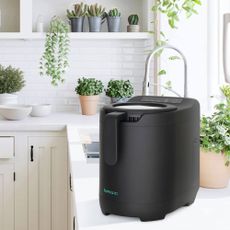 Electric Composter Guide: Are Countertop Food Recyclers The Future Of Sustainability?
Electric Composter Guide: Are Countertop Food Recyclers The Future Of Sustainability?Discover how electric composters work, their benefits and limitations – and whether they're worth the investment as a sustainable easy win.
By Melanie Griffiths
-
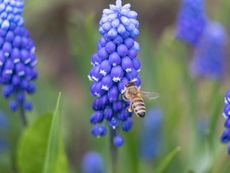 Pretty Spring Bulbs For Pollinators
Pretty Spring Bulbs For PollinatorsWhat are the best flowering bulbs for pollinators in spring? Click here to find out.
By Mary Ellen Ellis
-
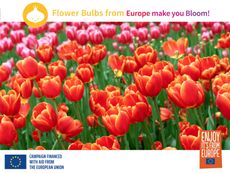 Grow An Early Spring Flowering Bulb Lawn
Grow An Early Spring Flowering Bulb LawnWant a lawn that nourishes pollinators, never needs weeding, and grows more beautiful every year? We have the lawn for you. Click for more.
By Caroline Bloomfield
-
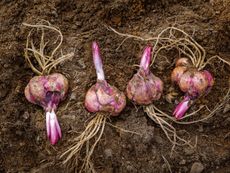 When To Dig Up Bulbs That Bloom In Summer
When To Dig Up Bulbs That Bloom In SummerClick here to learn when to dig up faded summer bulbs of some of the most common ornamentals grown.
By Tonya Barnett
-
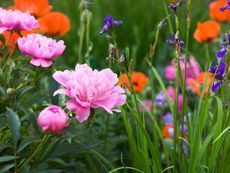 Corms, Tubers, And Bulbs That Are Deer Resistant
Corms, Tubers, And Bulbs That Are Deer ResistantWe love tulips, and so do deer! If you have hungry deer and you hunger for spring blooms, this article should help.
By Amy Grant
-
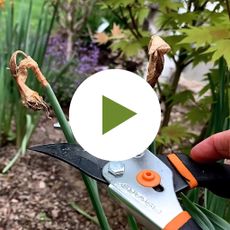 Care for Bulbs After Blooming
Care for Bulbs After BloomingIt's tempting to chop down the leaves after you bulbs have bloomed, but you have to resist this urge! Click to learn why.
By Amy Draiss
-
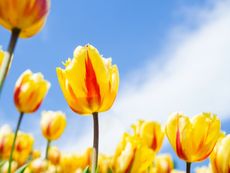 Best Spring Bulbs for Sun and Shade: Bulbs That Grow in Shade and Full Sun
Best Spring Bulbs for Sun and Shade: Bulbs That Grow in Shade and Full SunBulbs are beautiful harbingers of spring. Most flower bulbs thrive in full sun, but what if you have a shaded landscape? Read on for more.
By Amy Grant
-
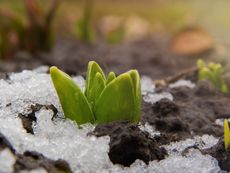 Bulb Life Cycle In Winter: What Bulbs Do For Months Under The Snow
Bulb Life Cycle In Winter: What Bulbs Do For Months Under The SnowDormancy in winter doesn't mean nothing is happening with bulbs. It just means you don't see any growth above the ground. Read on for more.
By Bonnie L. Grant
-
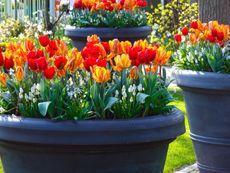 How To Plant Bulbs In Pots - Lasagna Style
How To Plant Bulbs In Pots - Lasagna StylePlanting bulbs in containers is an easy way to create a gorgeous spring porch arrangement, especially when you use the lasagna method.
By Laura Walters